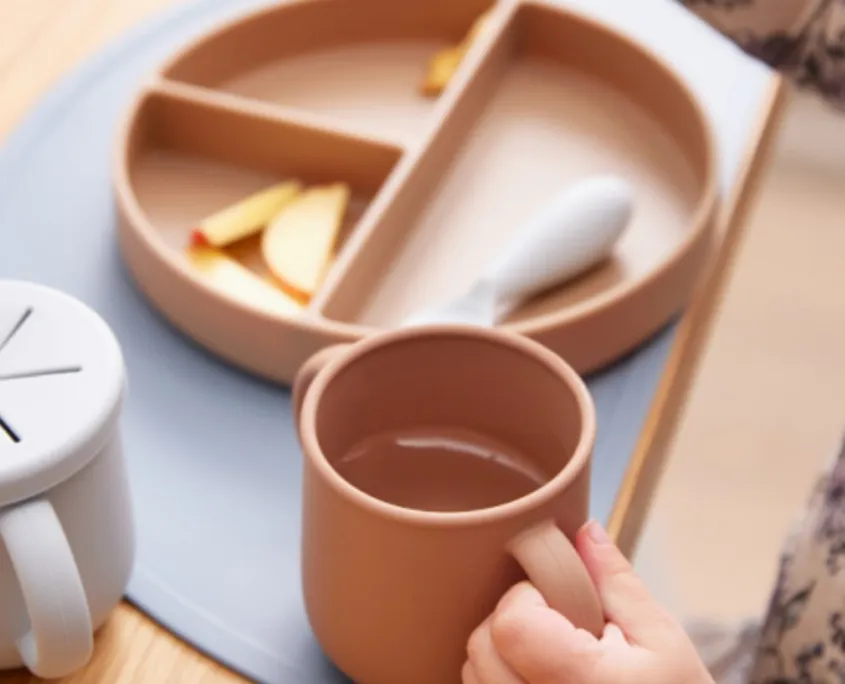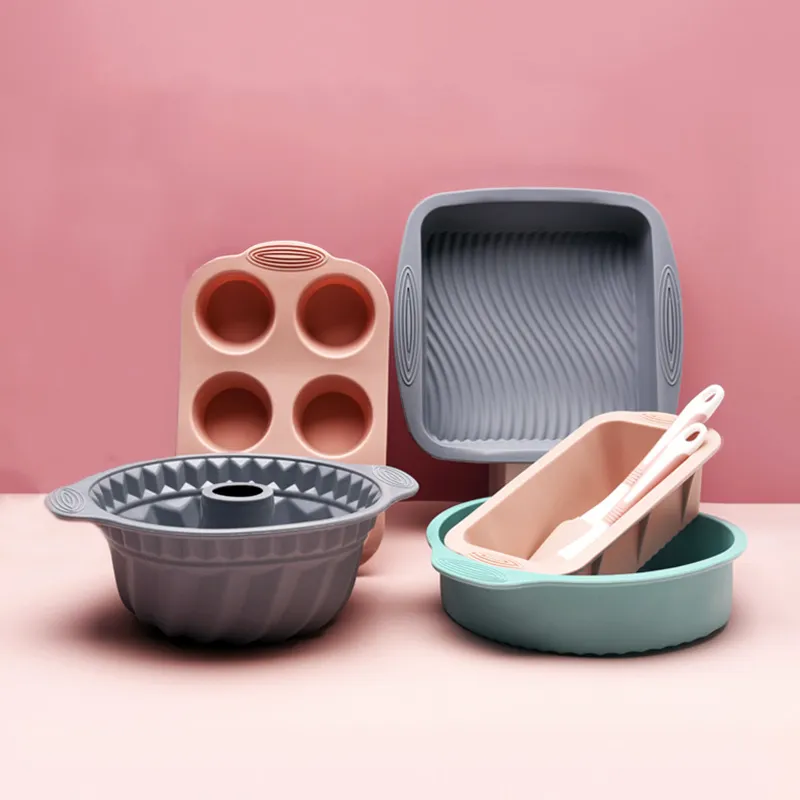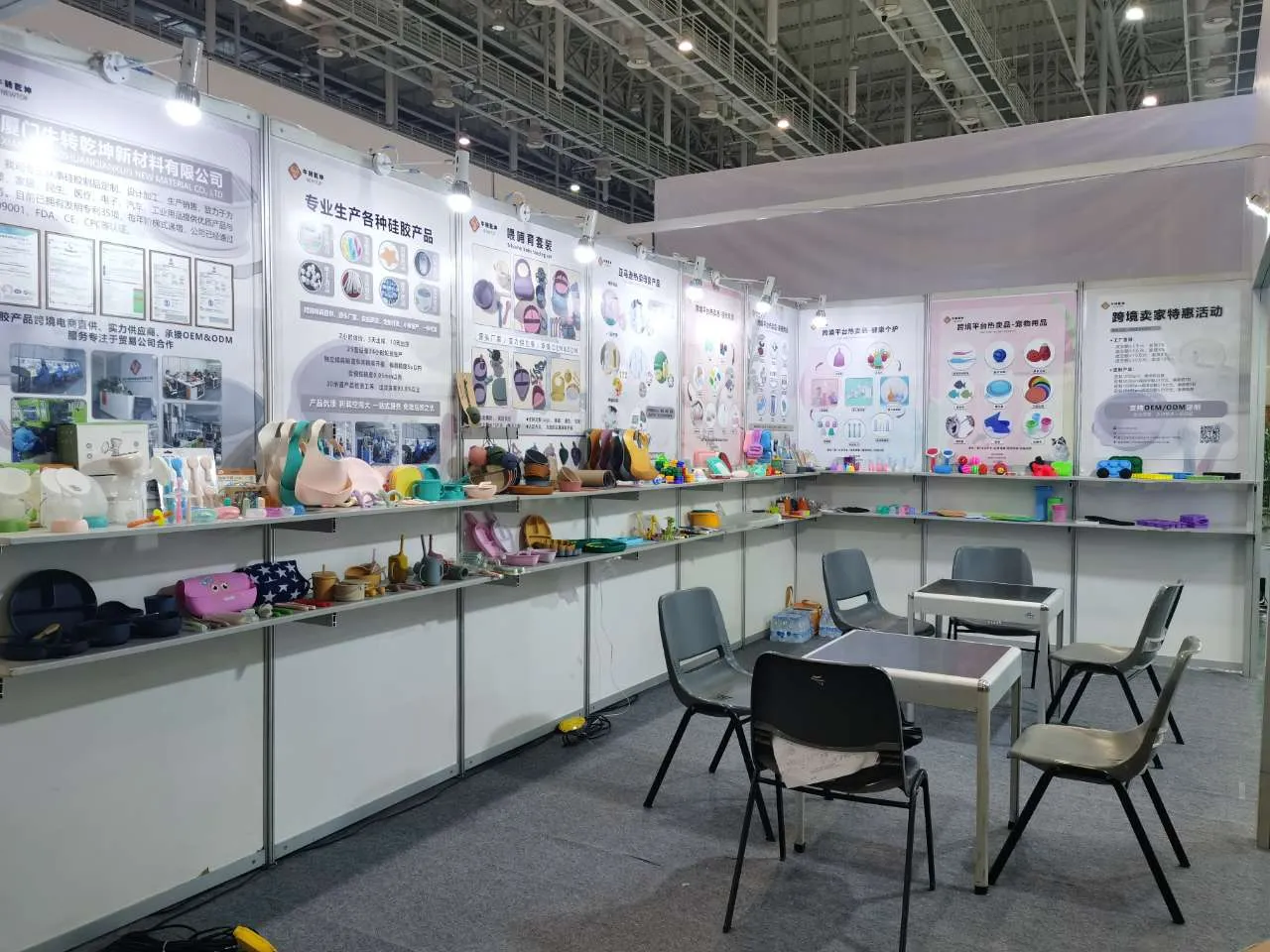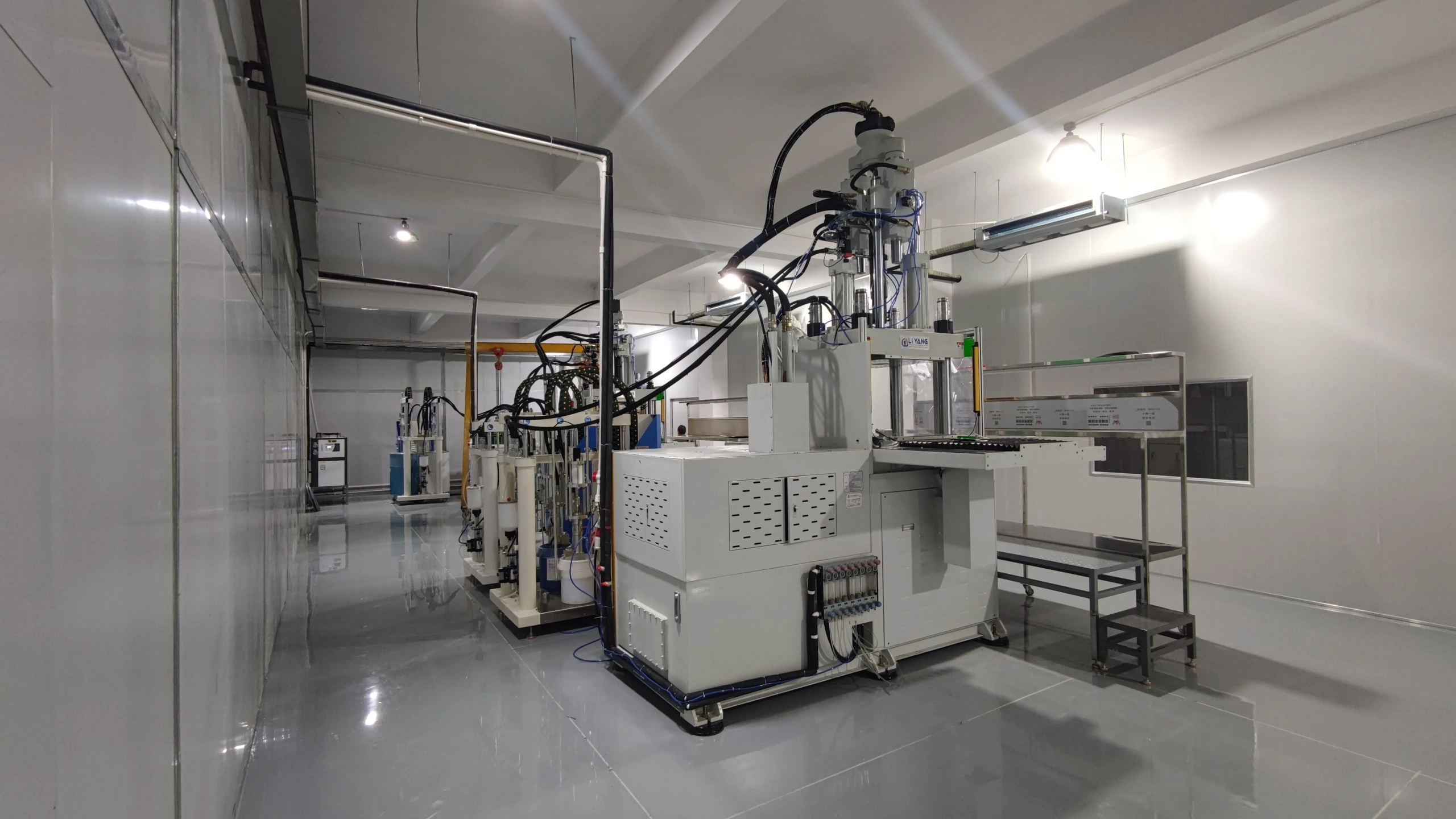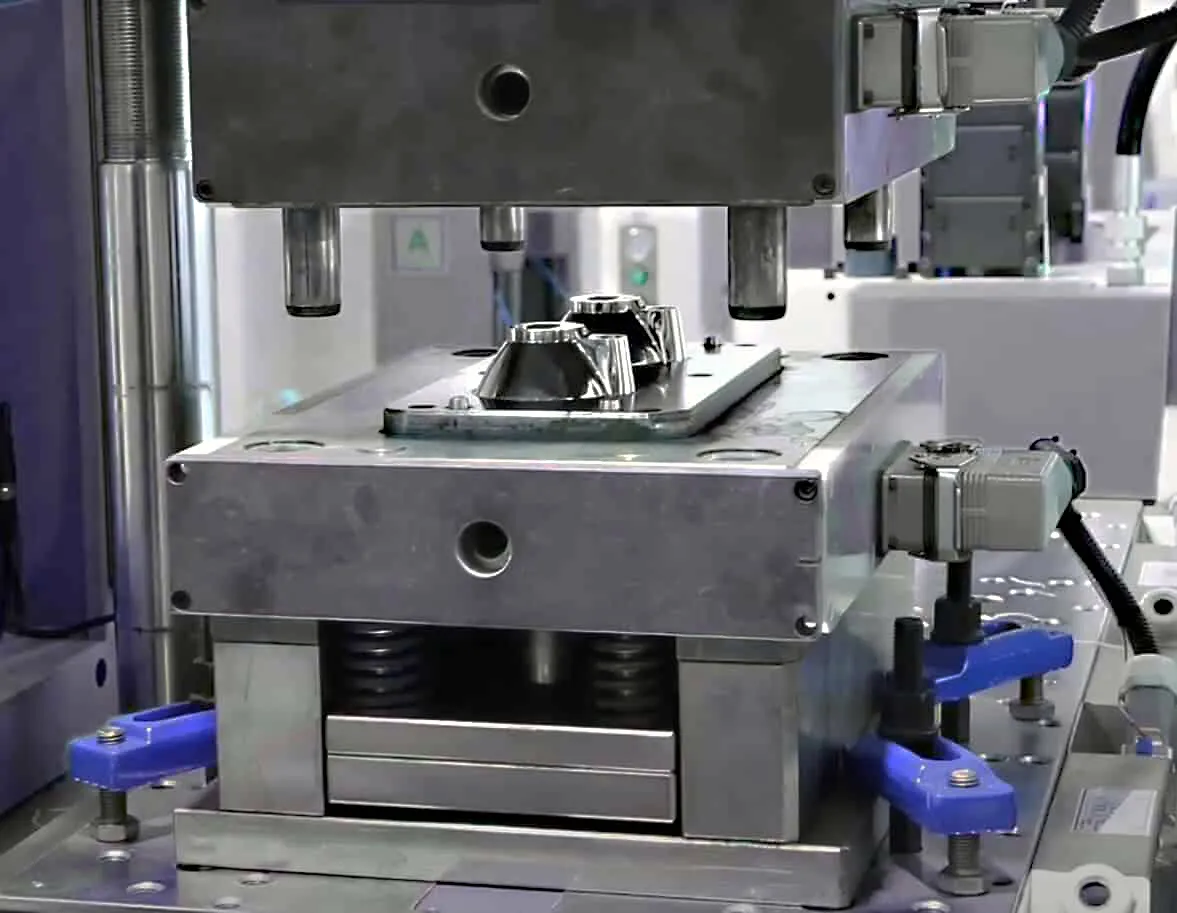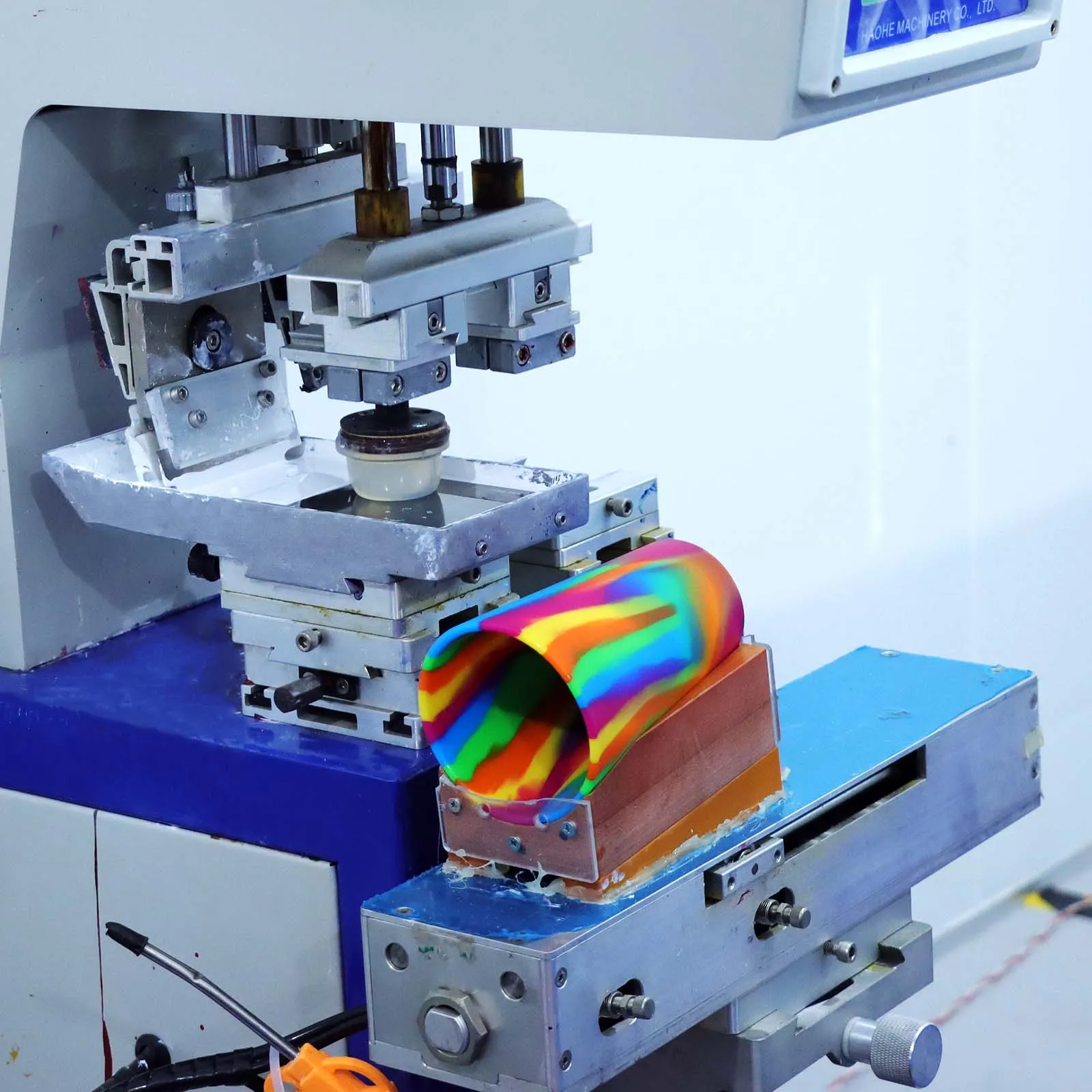A comprehensive view of silicone product manufacturing: global spread, in-depth analysis, and strategic approaches.
As we delve into the global distribution of the silicone product manufacturing industry, it’s crucial to ponder: What does the landscape of this industry look like in our era of innovation and competition? Which countries or regions lead the manufacturing of silicone products? How do manufacturing technologies, companies, and industry trends vary across different geographical areas? And how might all this impact the global market and environmental sustainability?
Let’s explore the worldwide distribution of the silicone product manufacturing industry, delving into manufacturing landscapes, key enterprises, industry trends, and the challenges and opportunities within the realms of globalization and sustainable development.
Silicone Product Manufacturing Landscape in China
China holds a paramount position in the global silicone product manufacturing domain, substantiated by concrete industrial realities and developmental achievements.
Industry Scale and Development
China’s silicone product manufacturing industry is formidable in scale and production capacity. Its annual output consistently places it among the world’s top leaders in silicone-based product manufacturing. The industry’s growth is rooted in a comprehensive network of manufacturing facilities spread across provinces, ensuring a substantial contribution to both domestic consumption and global export demands.
Key Manufacturing Regions
Specific regions within China serve as significant hubs for silicone product manufacturing. Provinces like Guangdong, Zhejiang, and Jiangsu host clusters of manufacturing facilities specializing in silicone-based products. These clusters benefit from a confluence of resources, specialized labor, and established infrastructure, collectively contributing to a significant majority, of China’s total silicone product output.
Technological Advancements and Innovation
The Chinese silicone product manufacturing sector places a strong emphasis on technological advancements and innovation. Automation, precision engineering, and sustainable manufacturing processes are central to these advancements, enhancing efficiency, product quality, and environmental sustainability. Companies invest significantly in research and development initiatives, driving the creation of cutting-edge technologies and product designs.
China’s role in silicone product manufacturing is substantiated by its tangible growth patterns, regional concentrations of expertise, and steadfast commitment to embracing innovative technologies.
Silicone Product Manufacturing Landscape in the United States
The United States’ silicone product manufacturing sector holds a significant position, showcasing substantial scale and technological advancement. While not the largest global producer, the U.S. contributes significantly to the silicone-based manufacturing market.
Distinctive Sectors or Industries
Silicone product manufacturing in the U.S. exhibits specialization in various sectors. Medical-grade silicone products, aerospace components, and high-tech electronics represent notable domains. These sectors prioritize precision engineering and stringent quality standards, necessitating specialized expertise and innovative manufacturing processes.
Several American companies are at the forefront of silicone product manufacturing, leveraging cutting-edge technologies and innovation. Their prominence is evident in both product quality and technological advancements. Notable firms heavily invest in research and development, fostering novel approaches in silicone product manufacturing.
The Heart of Silicone Product Manufacturing in Germany/Europe
Germany stands as a focal point for silicone product manufacturing within Europe. Its robust industrial infrastructure and emphasis on precision engineering contribute to its reputation as a cornerstone of silicone-based manufacturing in the region. Moreover, other European countries like Italy and France also hold significance in specialized silicone product sectors.
Manufacturing Standards and Quality Control
The German and broader European silicone product manufacturing sector upholds stringent industry standards and quality control measures. These standards ensure product excellence and compliance with strict regulations. German manufacturing, in particular, is known for its adherence to precision engineering, driving the production of high-quality silicone products renowned for their reliability and durability.
Sustainable Development Initiatives
Germany and Europe, in general, prioritize sustainable development initiatives in silicone product manufacturing. Embracing eco-friendly practices, reducing carbon footprints, and optimizing resource utilization represent key goals. These initiatives align with the region’s commitment to environmental preservation, fostering innovation in green manufacturing processes and materials.
Japan’s Role and Technological Contributions in Silicone Product Manufacturing
Japan stands as a pivotal player in silicone product manufacturing due to its technological expertise and precision-driven methodologies. Its contributions span various sectors, notably excelling in electronics, automotive components, and specialized medical-grade silicone products.
Technological Contributions
Japanese manufacturers significantly advance silicone product manufacturing technologies. Their emphasis on innovation and precision engineering is evident in the development of high-quality electronic components, where Japan’s expertise in miniaturization and high-performance materials plays a key role. Additionally, their contributions to the automotive industry involve silicone-based materials for durable and high-temperature-resistant components.
Manufacturing Trends in Other Asian Countries
Several Asian countries such as South Korea, Taiwan, and Singapore are emerging in the silicone product manufacturing sector. These nations are carving niches in electronics, healthcare, and industrial applications. Their focus revolves around specialized manufacturing and technological advancements.
Major Manufacturing Enterprises Shaping Silicone Product Industry
Wacker Chemie AG:
Wacker Chemie AG, established in 1914 in Germany, has played a pivotal role in advancing silicone products globally. With a legacy of innovation, it has significantly impacted various sectors like automotive, construction, and electronics.
Wacker is renowned for its diverse silicone product portfolio, encompassing fluids, elastomers, and specialty silicones. Its global footprint ensures widespread market access and diverse applications across industries.
At the forefront of innovation, Wacker invests substantially in research and development, driving breakthroughs in silicone technology. This commitment enables the creation of cutting-edge solutions for evolving market demands.
Dow Silicones Corporation:
As part of Dow Inc., Dow Silicones Corporation commands a significant global presence in silicone manufacturing, particularly in electronic components, automotive, and healthcare sectors.
Dow Silicones Corporation prioritizes sustainability, integrating eco-friendly practices into its manufacturing processes. Its initiatives align with global environmental standards, focusing on reducing environmental impact.
With a forward-thinking approach, Dow Silicones Corporation strategically plans for innovative product lines and sustainable initiatives, aligning with evolving market demands and environmental concerns.
Momentive Performance Materials Inc.:
Momentive Performance Materials Inc. maintains a competitive edge, excelling in specialized silicone formulations and cutting-edge technologies across industries.
Momentive’s global market penetration and adaptability underscore its competitiveness and ability to cater to diverse regional markets and industry needs.
Through strategic collaborations, Momentive fosters innovation and expertise-sharing within the industry, positioning itself as a collaborative leader in silicone technology.
These influential enterprises represent the driving forces behind silicone product manufacturing, exhibiting innovation, sustainability, and global impact, contributing significantly to the industry’s evolution and market dynamics.
Current Trends and Future Prospects in Silicone Product Manufacturing
Adoption of New Technologies and Emerging Trends
In the sphere of silicone product manufacturing, the integration of nanotechnology and 3D printing stands out as promising trends. Nanotechnology applications enhance material properties, catering to diverse industry needs, while 3D printing revolutionizes prototyping and customized product development.
Automation and digitalization redefine manufacturing paradigms. Robotic automation enhances production precision and efficiency, while digital advancements such as IoT integration optimize resource utilization and enable predictive maintenance, aligning with the industry’s drive for efficiency and quality.
Future innovation in silicone product manufacturing could gravitate towards bio-based silicone materials, addressing the industry’s growing sustainability concerns. Furthermore, the exploration of self-healing materials and functionalized silicones for electronics and healthcare signifies potential directions for research and development efforts.
Market Demand and Shifts
Evolution in consumer preferences influences silicone product manufacturing trends. There’s a shift towards environmentally friendly and sustainable products, impacting material choices and production methods. Additionally, an increasing demand for customization and personalized products directs manufacturing strategies.
Emerging markets, particularly in Asia-Pacific and Latin America, exhibit substantial growth potential for silicone products. These regions experience burgeoning demand due to rapid industrialization, urbanization, and a rising middle-class population, presenting lucrative opportunities for market expansion.
The global silicone product market is highly competitive, characterized by diverse players vying for market share. Established companies, along with emerging players from various regions, intensify competition through innovation, product differentiation, and market penetration strategies.
Sustainability and Environmental Initiatives
The industry actively pursues sustainable development initiatives, emphasizing eco-friendly materials, energy-efficient manufacturing processes, and waste reduction. Efforts focus on aligning with global sustainability goals and reducing the industry’s environmental footprint.
Stringent environmental standards guide the industry towards reducing environmental impact. Initiatives involve adhering to regulatory standards, implementing waste management systems, and promoting recycling practices, ensuring compliance with global environmental regulations.
The industry envisions continued sustainability efforts through innovative approaches. Strategies include increasing the use of recycled materials, investing in renewable energy sources, and promoting circular economy principles to achieve long-term environmental sustainability goals.
These market dynamics, encompassing shifting consumer preferences, emerging market potential, and sustainability initiatives, shape the direction and strategies of silicone product manufacturing, steering the industry towards a more sustainable and competitive future.
Comparative Analysis of Manufacturing Technologies and Standards
Variations in Manufacturing Processes and Technologies
Different regions exhibit variations in silicone product manufacturing processes. For instance, in China, a focus on large-scale production and efficient assembly lines contrasts with Germany’s emphasis on precision engineering and meticulous quality checks. These differences impact production scalability and product consistency.
Technological disparities between regions influence production efficiency and product quality. Automation adoption in some regions enhances production speed but may differ in precision compared to regions relying on manual processes. These differences affect production costs and product consistency.
Quality control practices vary across regions, impacting production efficiency and product reliability. Stringent quality checks in regions like Europe ensure high-quality standards but might affect production speed compared to regions with less stringent quality control measures.
International Standards and Compliance Requirements
Different countries or regions maintain distinct manufacturing standards for silicone products. For example, Europe’s stringent standards emphasize environmental impact and product safety, while other regions might prioritize production efficiency. These variations pose challenges in harmonizing global manufacturing practices.
Countries impose specific safety requirements and certifications for silicone products. Compliance with certifications like CE marking in Europe or FDA approval in the United States ensures product safety and market access. Varied certification demands influence market entry and product acceptance.
Divergent international standards pose challenges to global supply chains. Harmonizing compliance across regions necessitates extensive coordination and adaptation, impacting supply chain efficiency and potentially causing delays or disruptions.
Understanding the nuances in manufacturing technologies, standards, and compliance requirements across regions highlights the challenges and opportunities inherent in the global silicone product manufacturing landscape. Efforts towards standardization and harmonization are pivotal for enhancing global supply chain efficiency and ensuring product quality and safety.
International Trade and Supply Chains: Navigating the Evolving Landscape
Cooperation Strategies and Competitive Navigation
In this era of global connectivity, collaborative efforts among multinational corporations serve as pathways to innovation and market expansion. Encouraging cross-border partnerships and joint ventures facilitates technology exchange and resource optimization, fostering industry growth.
Competitiveness in the global silicone product market hinges on innovation and quality enhancement. Companies aiming for market leadership should prioritize R&D investments, continuous improvement, and strategic alliances to stay ahead in a competitive landscape.
In the face of trade protectionism’s challenges, proactive risk management and diversification of markets and suppliers mitigate potential disruptions. A diversified approach to markets and supply sources helps cushion the impact of tariffs or trade disputes.
Supply Chain Adaptation and Market Dynamics
Understanding and optimizing international supply chains are critical for meeting global market demands. Embracing agile supply chain practices, fostering collaborations, and integrating digital technologies enhance supply chain resilience and responsiveness.
Adaptation to evolving market trends requires a proactive stance. Companies must align with consumer demands for eco-friendly and sustainable products while leveraging technological advancements to introduce innovative solutions, catering to shifting market preferences.
Multinational corporations must lead by example in sustainable practices, technological innovation, and efficient supply chain management. Taking a leadership stance not only shapes the industry but also sets benchmarks for others to follow, fostering industry-wide growth.
By fostering collaboration, embracing innovation, and proactively adapting supply chains to changing market dynamics, companies can navigate the evolving landscape of international trade, ensuring sustainable growth and market leadership in the global silicone product industry.
